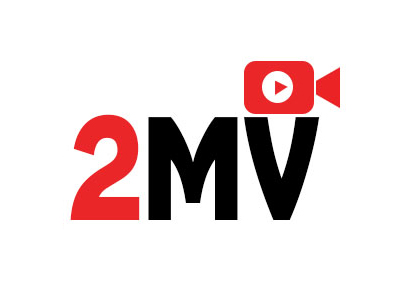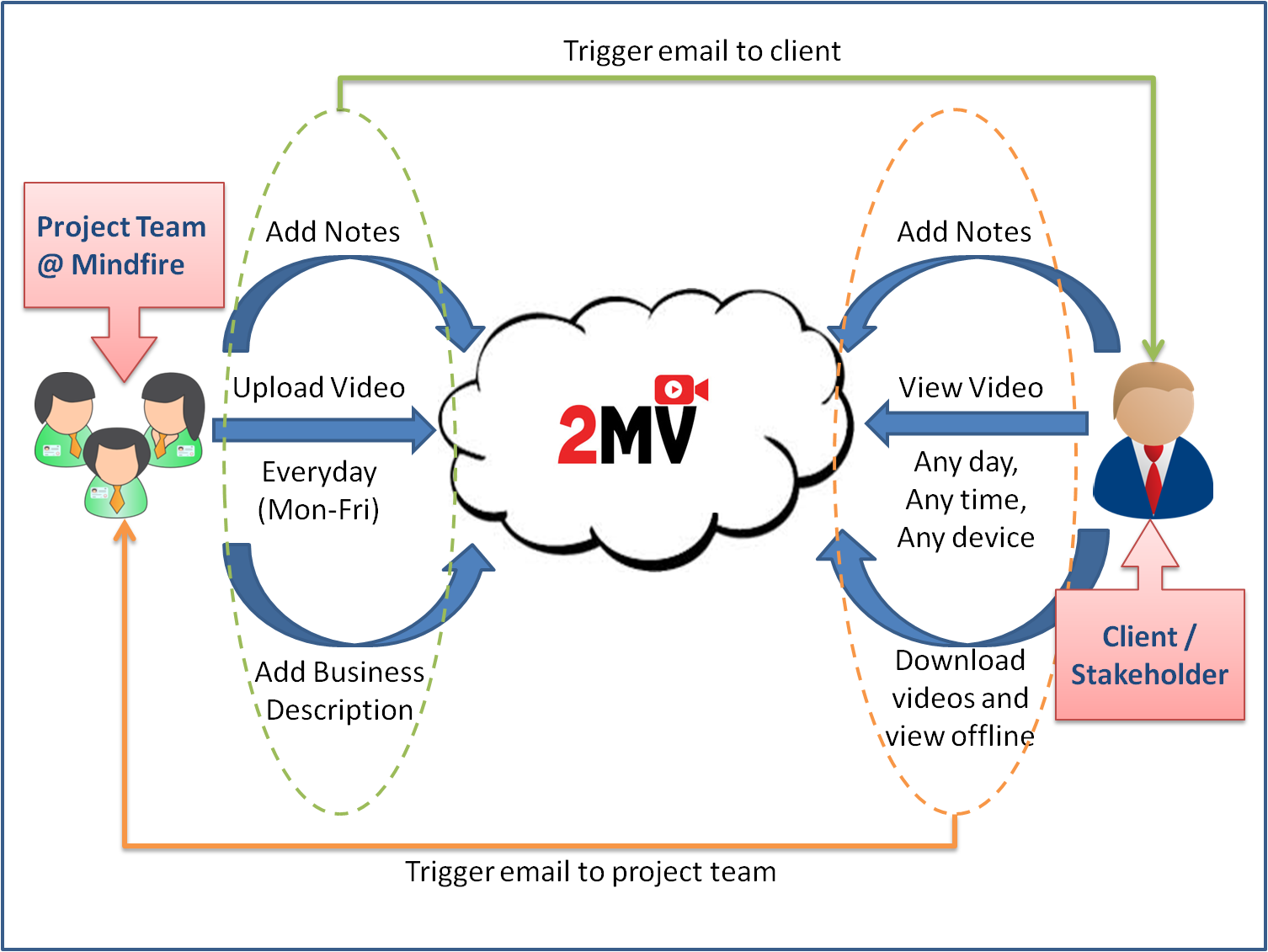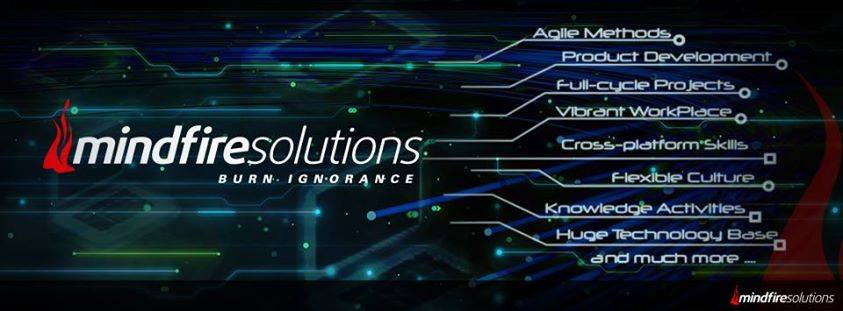(Update Sep 20:
IMPORTANT NOTE ABOUT FALSE CLAIMS IN HIRING:
Mindfire Solutions does NOT employ services of any external organization for our recruitment process, in any role at any stage. We do our OWN hiring COMPLETELY and nobody else – no placement consultant, no recruitment agent, no headhunting firm, no campus coordinator, nobody else at all – is involved in any way at all.
Please do not believe people making false promises to place you at Mindfire Solutions, or to get you an interview slot, or influence hiring in any way – and definitely do not pay anything for such claims. If you do believe and interact with them, it is at your own risk and loss. Mindfire Solutions is not responsible in any way for such interactions.)
Mindfire has been elevating its quality and standards of work, of tech talent, continuously over the years.
We receive tremendous interest from thousands and thousands of aspirants, and create opportunities for as many people as possible. We are humbled by the response we have received to our package/offer for software engineering freshers in 2014, and appreciate everyone’s interest in joining Mindfire. Thank you from all of us, from the bottom of our hearts!
But we are not done.
We take another significant step today; hold your breath.
Our entry-level tech talent salary and offer package for 2014 was already among the highest nationwide. Today, we are glad to announce further revision of Mindfire’s entry-level (fresher) salary to Rs 42,000 per month – Rs 5,04,000 per year! This is among the topmost entry-level salaries for tech talent nationwide, and comfortably in the top 1%.
But we are not proud of our salary. Never. It is our people we are proud of. Always.
Focusing on original system development and full-cycle software product construction, Mindfire hires the best software developers. We look specifically for real-world programming ability – that natural knack for programming, that eye for detail, that passion for tech, that elegance of code, that clean flow of mind and that interest for work. If you have joined Mindfire, you are easily among the top 1% in tech ability and potential in India – congratulations!
If you have interest in work and passion for tech, and are confident of your programming chops – Mindfire is your paradise. India’s leading tech magazine – Dataquest – called Mindfire “Techies’ Paradise” many years back. That is what we enjoy being, that is who we are.
With this step, Mindfire makes clear its intent to become the top career choice for those who love innovative software development. Come home.


